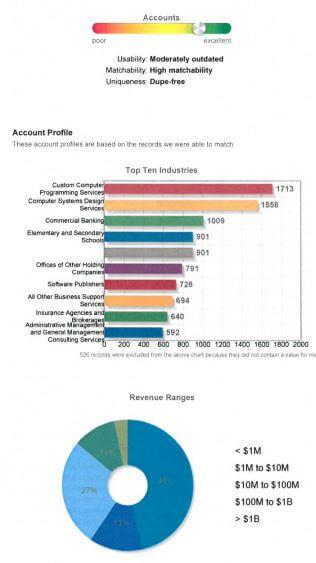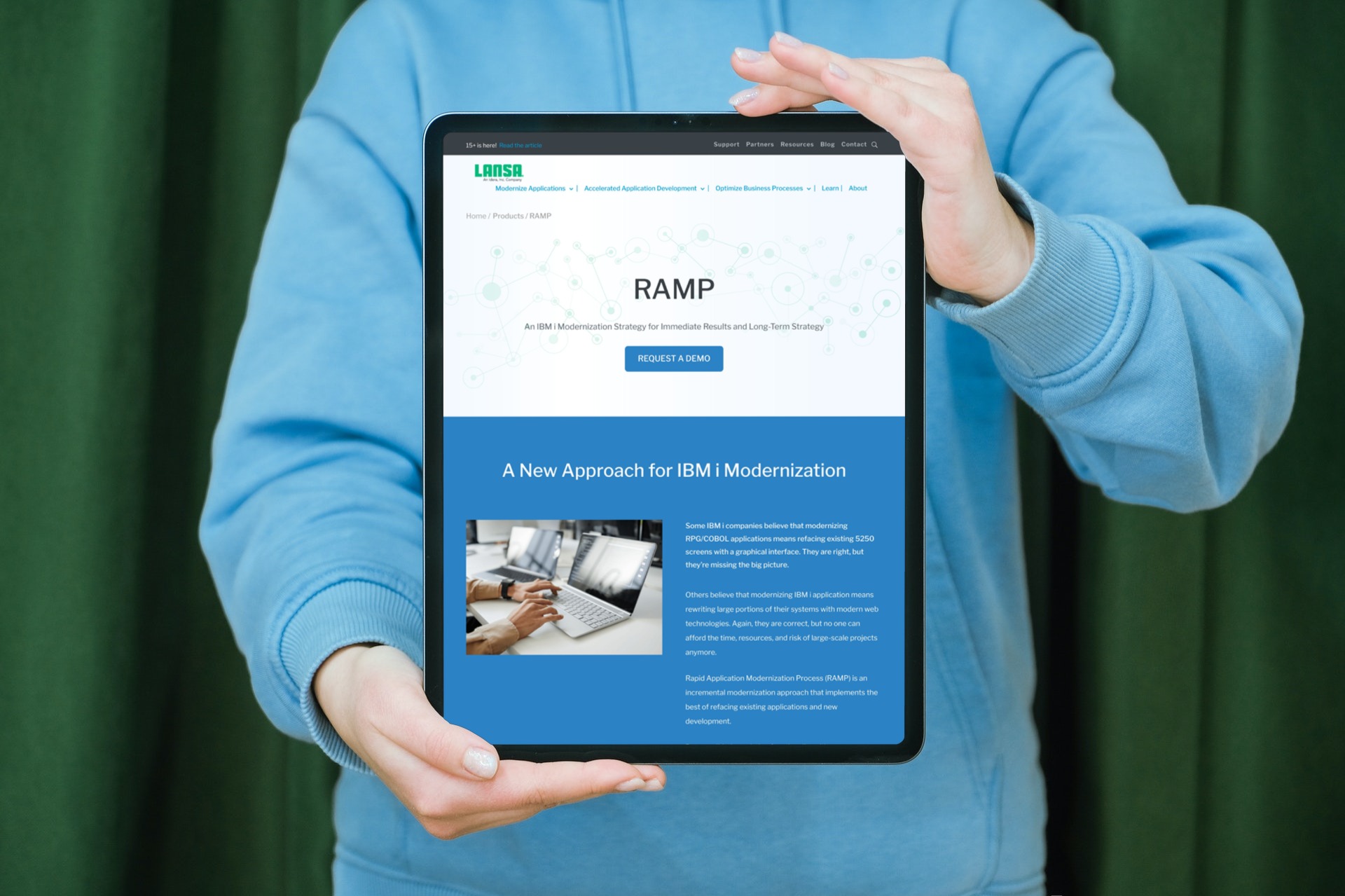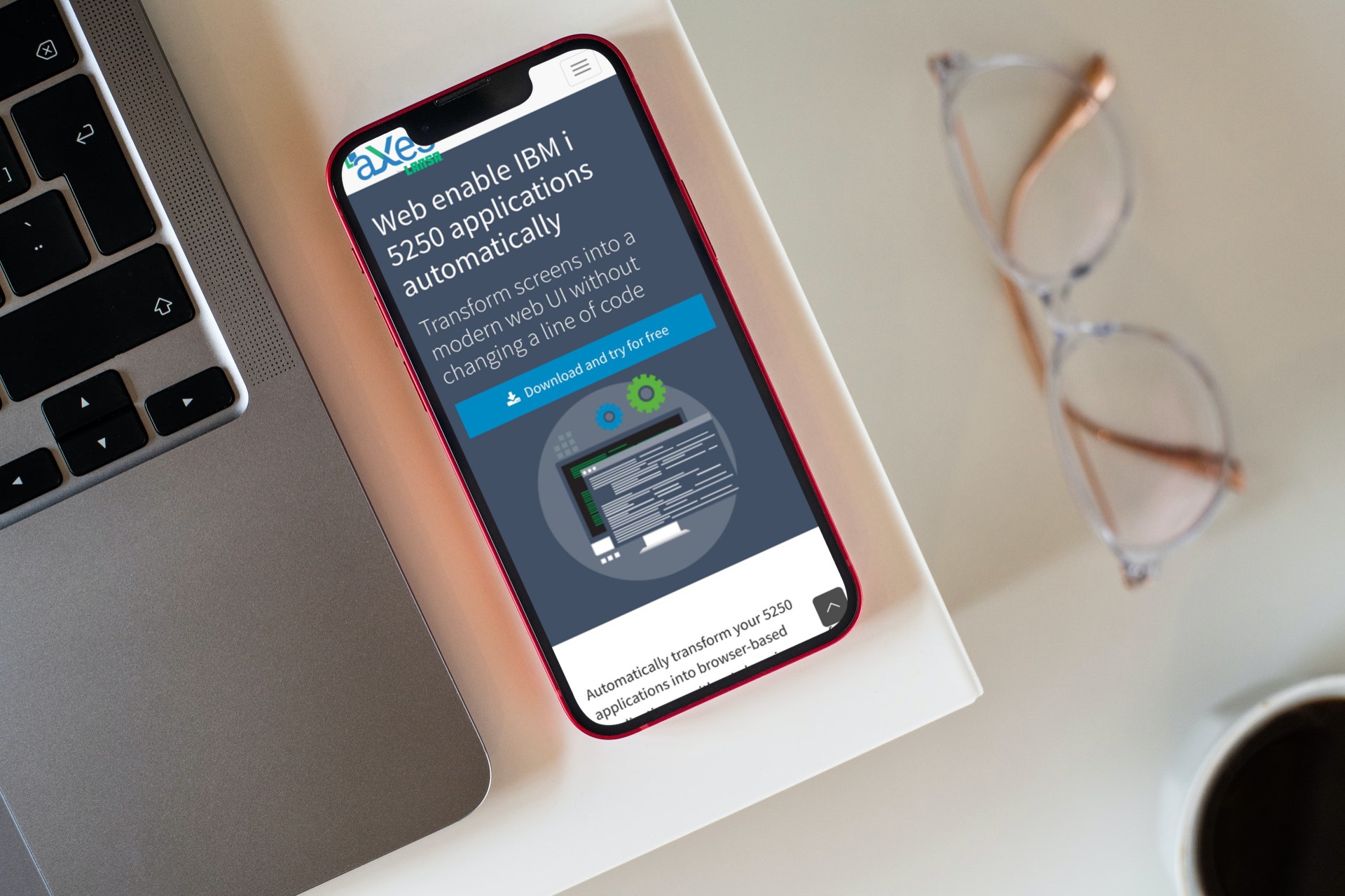Continuing on from my post last week about the 5 Guiding Principles of Enterprise Modernization, the ultimate goal of modernization is to use technology to best support your customers and trading partners. This means providing users with the best experience, enabling personnel to quickly access accurate and up-to-date data, getting the right information into the right hands and continuing to improve business processes.
Today I’m covering Principles 2 and 3 – why data quality is so important and how to get data out of the IBM i and into the hands that need it.
P R I N C I P L E #2:
Improve Data Quality and Accuracy
Data quality issues eat away at every company’s bottom line—returned goods, missed deliveries, late payments, charge-backs and more. The best way to improve data quality is by capturing data at the source, automating data exchange between customers and partners, providing seamless methods to aggregate details from multiple systems and enforcing proper checks and balances. Capturing data at the source means salespeople, field technicians and other remote users perform tasks and enter results on-site, in real-time.
For example, a leading distribution company found orders placed over the phone were inaccurate. The further an error got into the system, the more costly it was to fix. They decided to provide a customer web portal to capture orders at the source. Now, order accuracy is up and costs are down—annual data entry and labor savings equate to $100,000 and long-distance phone savings of $10,000 per year.
Automating data exchange and removing the human element from business processes will also improve data quality by eliminating additional steps that can introduce errors. While companies have varying levels of automation, most continue to rely on people at certain steps within their procedures. This still exposes you to inaccuracies. Instead, orchestrate the process of transferring files, extracting data and delivering confirmations in various formats through automated workflow.
Business process integration and workflow solutions help automate manual processes and procedures, exchange data with business partners, link back office and ERP systems to new applications, centralize the management and visibility into status action and ownership of processing steps, and improve exception handling and escalation.
Regardless of the solution you choose, implementing and enforcing strong checks and balances provides structure, accountability, escalation of service and high quality of service for internal and external processes. Workflow will also eliminate manual, paper-based and error-prone procedures. Remember, customer satisfaction is at stake and so is your bottom line.
P R I N C I P L E #3:
Get Information to Those Who Need It
Getting data out of IBM i and into the hands of the business community has long been perceived as difficult, but it’s not. Reporting, e-commerce and supply- chain integration can put the power back in the hands of those who need it—the users.
Long backlogs for creating new reports cripple your users’ ability to do their jobs and impact business efficiency. Empower users with access to pre-configured reports and dashboards as well as the capability to create and view new, dynamic key performance indicators (KPIs)— without help from IT.

Consider how Amazon uses its BI to benefit customers. Amazon emails you when items you’ve previously searched for go on sale and analyzes the buying habits of like-minded customers to suggest related items that may interest you. This strategy provides customers with information on the products they care about and encourages them to buy additional related items.
Your supply chain must allow real-time integration between your core applications and trading partners’ systems so that you can exchange timely and accurate data. Successful external applications provide enough vital information so that customers and suppliers can look up data and perform business transactions without picking up the phone. Also, consider implementing a product information management or master data management solution to centralize your data and improve data integrity.
In my next blog I’ll share with you Principles 4 and 5, and the benefits to finding a trusted modernization partner that shares your vision.

























